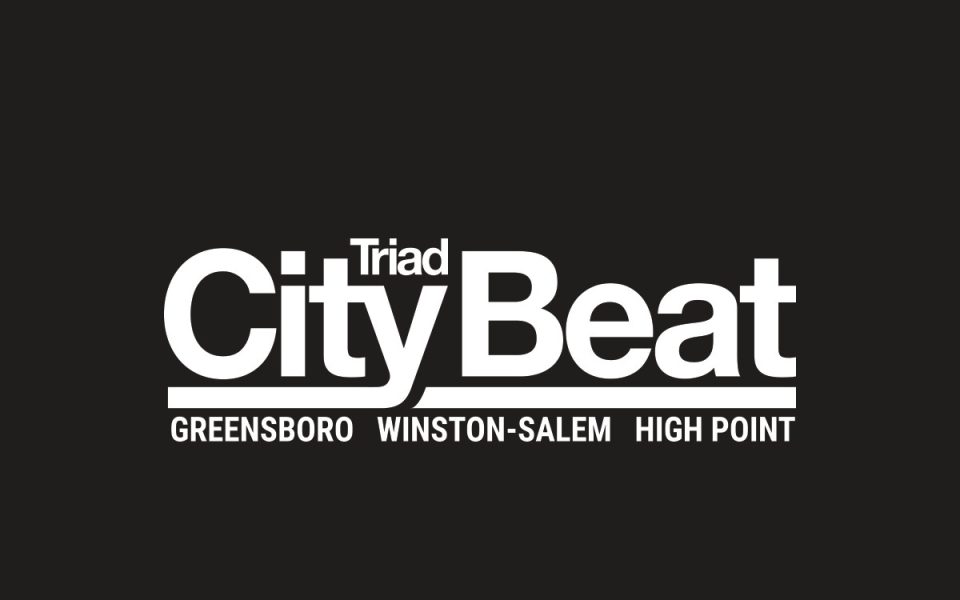I think I spotted some ripening blackberry bushes on the right-of-way along my street near the Wendover Avenue/Holden Road interchange. Around the corner from where I used to live in Westerwood, someone planted fruit trees in a vacant lot owned by Guilford County Schools. And in May, the Guilford County Parks & Recreation Department opened an urban orchard in southwest High Point that will eventually yield berries, grapes, figs, pecans, plums and persimmons.
These are all examples of sources of free and natural foods that urban residents could access to supplement what comes from Food Lion or Deep Roots. Fruit and nuts, unlike vegetables, typically don’t require much watering, weeding and fertilizing, and grow in right-of-ways, along property boundaries and in private vacant lots. Consequently, there’s less an issue with permission and trespassing than harvesting vegetables from a community garden, which may or may not be free for the taking.
So when my cousin Gabe told me there’s a fruit map for Champaign-Urbana, the twin cities that are home to the University of Illinois’ flagship campus, I thought it was genius. Sure enough, there’s a Facebook page for “CU Fruit Map.”
The most recent update, dated July 21, shows a picture of plump blackberries ready to fall off the vine.
“Picked some blackberries out at Lohmann Park yesterday,” the status reads. “Y’all picked anything tasty lately?”
Another post, from June, features pictures of juneberries, with a description of their taste, discussion about how the tree is commonly used for landscaping and how to detect and avoid fruit tainted with herbicides.
The Facebook page provides a link to a Google Maps page with perhaps a hundred pinpoints. Each pinpoint on the map displays a photograph and the kind of information that would have practical value to someone who might live within a half-mile and have access to a bike. As an example, one entry reads, “There’s a small cluster of apple trees at the corner of Maple and Main St. They seem to have been abandoned. Several different apple varieties [are] missed together with crab apples where they’ve been suckered out.”
The crowdsourced map includes notes about when particular fruit trees are in season, whether the owners welcome foragers and hunches about whether herbicide has been applied.
In our region, I think it would make sense to create a website for each of the three cities, so that the information would have utility to any person with a bike, a bus pass or two feet. It’s the kind of thing you wouldn’t want to heavily market because it’s in no one’s interest to wipe out the harvest; instead, it should be the kind of resource that’s shared among people in the know. Likely as not, demand for the information would be self-regulated by the limited number of people who are avidly pursuing food justice and food sustainability, including those with limited access to transportation and low income.
As they say, this is low-hanging fruit.
Join the First Amendment Society, a membership that goes directly to funding TCB‘s newsroom.
We believe that reporting can save the world.
The TCB First Amendment Society recognizes the vital role of a free, unfettered press with a bundling of local experiences designed to build community, and unique engagements with our newsroom that will help you understand, and shape, local journalism’s critical role in uplifting the people in our cities.
All revenue goes directly into the newsroom as reporters’ salaries and freelance commissions.






Leave a Reply